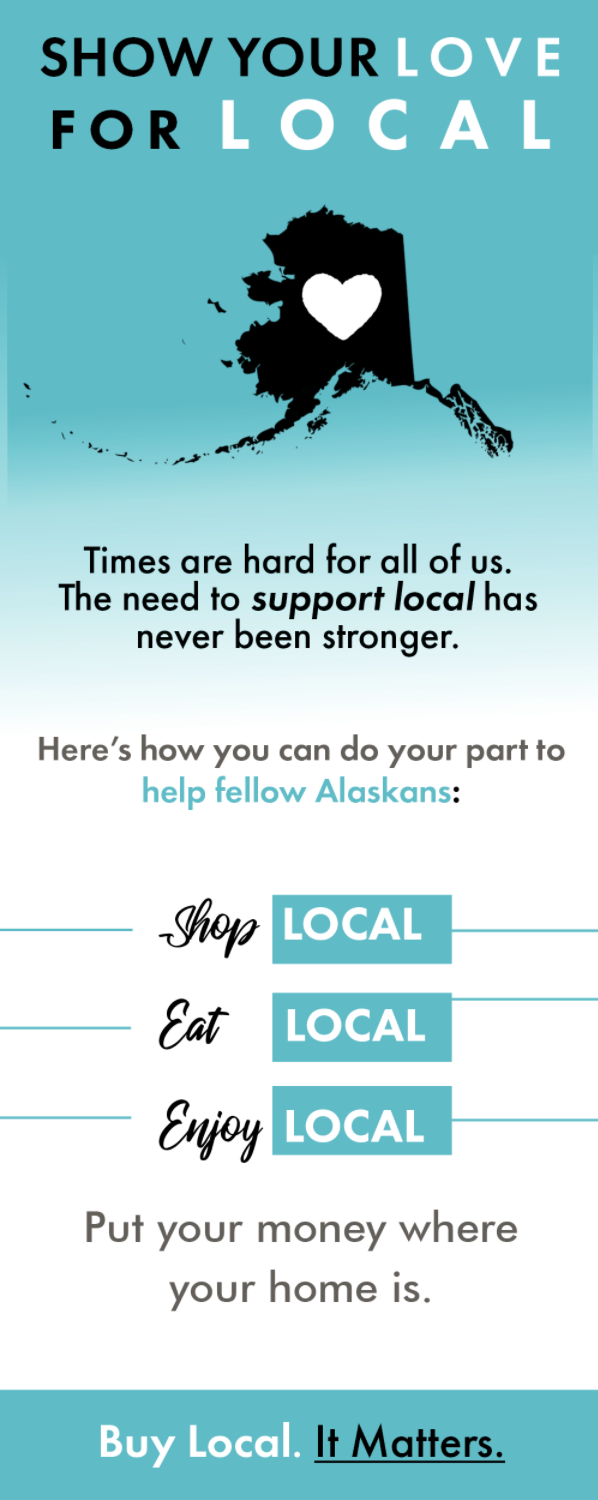Taking a stand against child abuse:
Empowering and protecting Alaska’s kids – at home and beyond
By Julia Moore

Sadly, Alaska struggles with some of the highest rates of child abuse and neglect in the country. In 2015, the rate of substantiated child abuse and neglect was 15.6 per 1,000 children – 69.3 percent higher than the national average.
SIGNS OF CHILD ABUSE
Physical abuse leads to marks visible on the body (not typically the face)
Fear or trepidation when around the abuser
Inappropriate conversations of a sexual nature among peers
An adult favoring
a
child over others:
• Communicating with them outside of the norm (social media, texting, notes)
• touching the child (on their arm/shoulder)
• giving them gifts
• being alone with them
SIGNS OF NEGLECT
Malnutrition
Lack of sleep
Irritability
Child not interacting with parent
Parent often absent
Not wanting to go home
“Childhood trauma or maltreatment have very real results as people grow older,” says Abbe Hensley, executive director at Best Beginnings. Abbe cites a prominent health study by the CDC and Kaiser Permanente on the effects of adverse childhood experiences (ACEs), which shows that 80 percent of young adults abused as children suffer from a psychiatric disorder and that children who experienced abuse or neglect were at increased risk for smoking and drug abuse.
The image appears bleak. But, as Alaskans, equipped with the proper tools, our community can come together to prevent child abuse and neglect. First, understand what child abuse and neglect look like, and how you as a parent and as a community member can work to prevent it.
Empowering children at home
Child abuse has a number of types and signs (see sidebar), but there are also many ways to protect children. The most important step, says Trevor Storrs, president and CEO of the Alaska Children’s Trust, is to have honest conversations with your family. “Of course, that can vary from family to family and what you feel comfortable with,” he acknowledges, but it’s important to give your kids permission to say “no,” even to somebody important. “Many times, we just tell children what to do, and they’re just expected to do it, so when an authority figure wants them to do something that may be, or is, inappropriate, children don’t know what to do, nor do they feel that they have the right to say no.” Telling children it’s ok to say no – and that they can do it respectfully – empowers them.
Another way to empower children is to not force them to give hugs or kisses, even to close friends and family. “I personally suggest that when you get introduced to a child, say ‘hey, would you like a high five, fist bump or a hug?’ so they get to decide,” says Trevor. “That really establishes those boundaries and empowers the decision to be on the child. It’s a really good teaching moment.”
You also can empower others by promoting resources for families in need. “Help Me Grow is a fairly new initiative in Alaska,” says Abbe. “It’s designed for parents with young children, and it’s a way to connect a parent with a healthcare provider that they might need, or if they’ve got a question about child development.” By informing parents in need about local services in their area, they can better provide for their children, keeping them safe and healthy.
Protecting children in the world
When kids are out in the world at sports or clubs, it’s crucial to ensure that the adults around them are trustworthy. Always check that there are policies for background checks in place. “A lot of us think ‘stranger danger,’ ” says Trevor, “But the majority of all child abuse, physical abuse or sexual abuse, happens with somebody who is close or in the family.” Even if you know the people working with your children, ensuring they clear a background check verifies your trust. You can also check for policies that require that no adult will be left alone with a child or small group of children, and that all adults are trained to pick up on signs of abuse or neglect.
Along this line, ensuring that your children are aware of their surroundings and can pick up on conversations they have with their friends can make a big impact. “Children talk to children,” explains Trevor. “If they think their friend may be in danger or is being hurt, what do they do? How can they stand up to help their friend?” Encourage children to report potential abuse, buddy up with their friend, and, if they see their friend in a bad situation, make up a reason why their friend needs to leave with them, he advises.
Lastly, parents can protect kids in their community through advocacy. With the state’s budget being cut year after year, it’s vital to keep track of where funding is going for programs for kids. Abbe says that Best Beginnings’ budget now is about $600,000 less than it was three years ago, and other non-profit organizations providing free services to families in need are in the same boat. Here are Abbe’s simple suggestions for staying in-the-know about Alaska’s child advocacy policies: Sign up for thread’s Action Center and receive alerts specific to child care advocacy; sign up for your legislator’s – or many legislators’ – newsletters; or follow the Alaska Legislature movements directly at their website.








